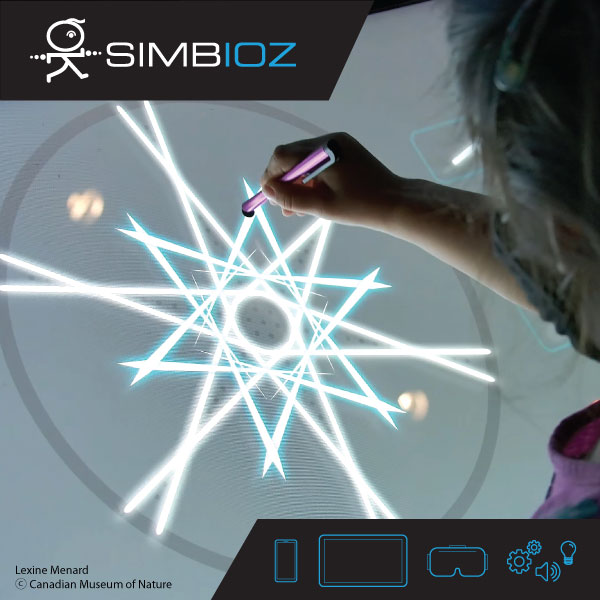
Overview
The Canadian Museum Association’s 2021 conference was unlike any held before, as it — like most aspects of working life in the past year — was indelibly altered by the pandemic.
The conference theme was “Moving Forward,” which the CMA defined as “a call for greater solidarity, connectedness and social responsibility to propel the museum sector ahead.”
Against the stark background of the times, when so much of everything is in stasis, the theme also seemed like a declaration of refreshing, determined optimism, a call to look ahead and beyond the end of the COVID tunnel, and the unmasked light there at the other end. “Many speakers spoke about the psychological toll of the pandemic on staff,” said Jack Lohman, whose term as CMA president ended on schedule at the association’s annual general meeting held after the conference.
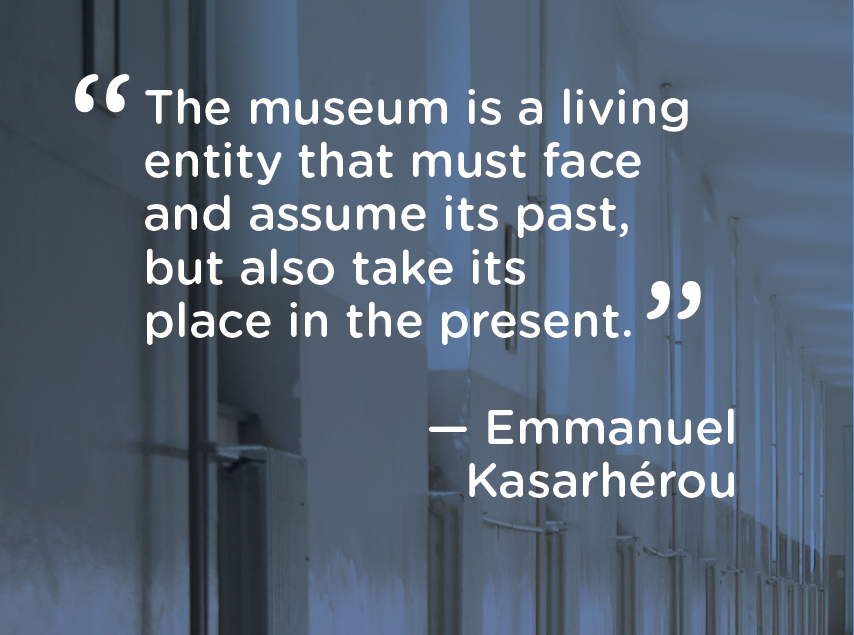 |
By coming together, as the theme suggested, we could help and teach each other how museums and museum professionals could not only weather the public-health storm, but perhaps even use this interruption to daily working life — this interregnum between periods of normal — to find a new and better normal.
“Museums making their way through closure and re-opening should not define success as returning to the way they were,” said Emlyn Koster, the renowned thinker on museology, during the Director’s Symposium that opened the conference on May 2.
It was clear during the 40 sessions held on six days over almost two weeks, and hosted by Lohman and CMA Executive Director and CEO Vanda Vitali, that museum professionals are recognizing and seizing the shutdowns as a moment for change — particularly on long-overdue issues of diversity and inclusion.
While Lohman noted after the conference that “all speakers realize that plans for the next couple of years need to be significantly scaled back,” he also said, “there was much optimism for a sector set to rebound. Many speakers took a cool-headed view of the future noting that the pandemic had bred a strong desire for reform and change.
“There is a sense of continuing inequity in the sector and the risk for museums of not doing anything to address this. There were many calls for prompt change and reflections from other cultural sectors on how collaboration can stimulate recovery successfully,” Lohman said.
The titles of various sessions trumpeted the desire to do better on including and collaborating with Indigenous peoples and other communities that have historically been marginalized in museum practice — titles such as “A Process of Deliberate Diversity,” and perhaps the most straightforward clarion call for inclusion, “A Seat At the Table.”
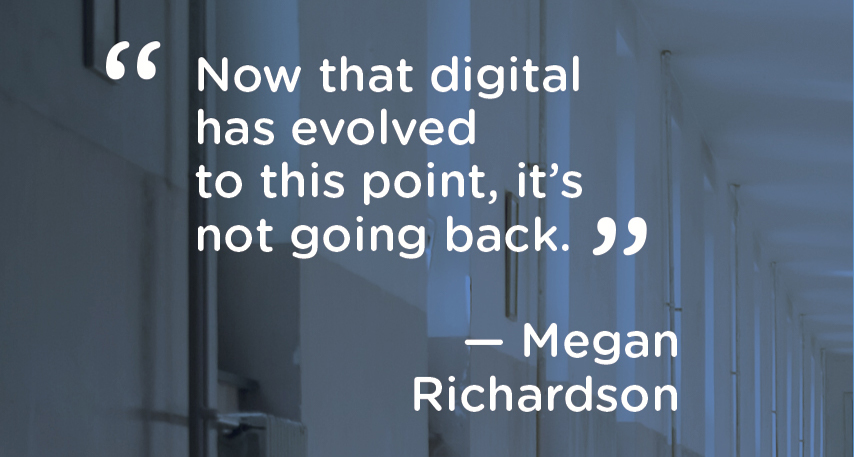 |
“Tides are changing, we are becoming aware . . . I am hopeful for that change,” said Sdahl K’Awaas Lucy Bell, a founding member of the Haida Repatriation Committee, in the session titled “Radical Truth as Radical Empathy — Canadian Museums and the Changing Tide.”
In the session titled “Designing the Bodily Form,” which included a focus on “methods for combatting ethnocentrism and institutionalized privilege,” Gillian McIntyre of Art Gallery of Ontario declared that “Gone are the days when it was a one-way transmission of knowledge.”
Many speakers spoke of how the inclusion of Indigenous peoples in all aspects of museology has not only made steps toward righting a historical wrong, but has benefited the science of museology itself around the world. Richard West, of the Autry Museum of the American West, explained how collaboration with Native Americans has enriched the knowledge of museums in the United States, and Emmanuel Kasarhérou shared how complete engagement with Kanak peoples in the South Pacific archipelago of New Caledonia has led not only to the repatriation of many Kanak objects, but also to the identification of objects in more than a hundred museums as far away as Europe and North America.
In Canada, the recently appointed CMA fellow Anthony Shelton said such inclusion can change museology itself. “Negotiations with Indigenous people can perhaps change museology from a science of classification of narrative-based causality, into a science of feeling in which we have learned to become part of the expression of complex chains of interactions and mutating effects,” Shelton said.
Practical tips on how to engage with Indigenous peoples can be found on the website of the Museum of New Zealand Te Papa Tongarewa, said the Maori professor Pare Keiha, who called those principles for engagement an “extraordinary resource.”
As Kasarhérou said in his opening keynote address, “The museum is a living entity that must face and assume its past, but also take its place in the present.”
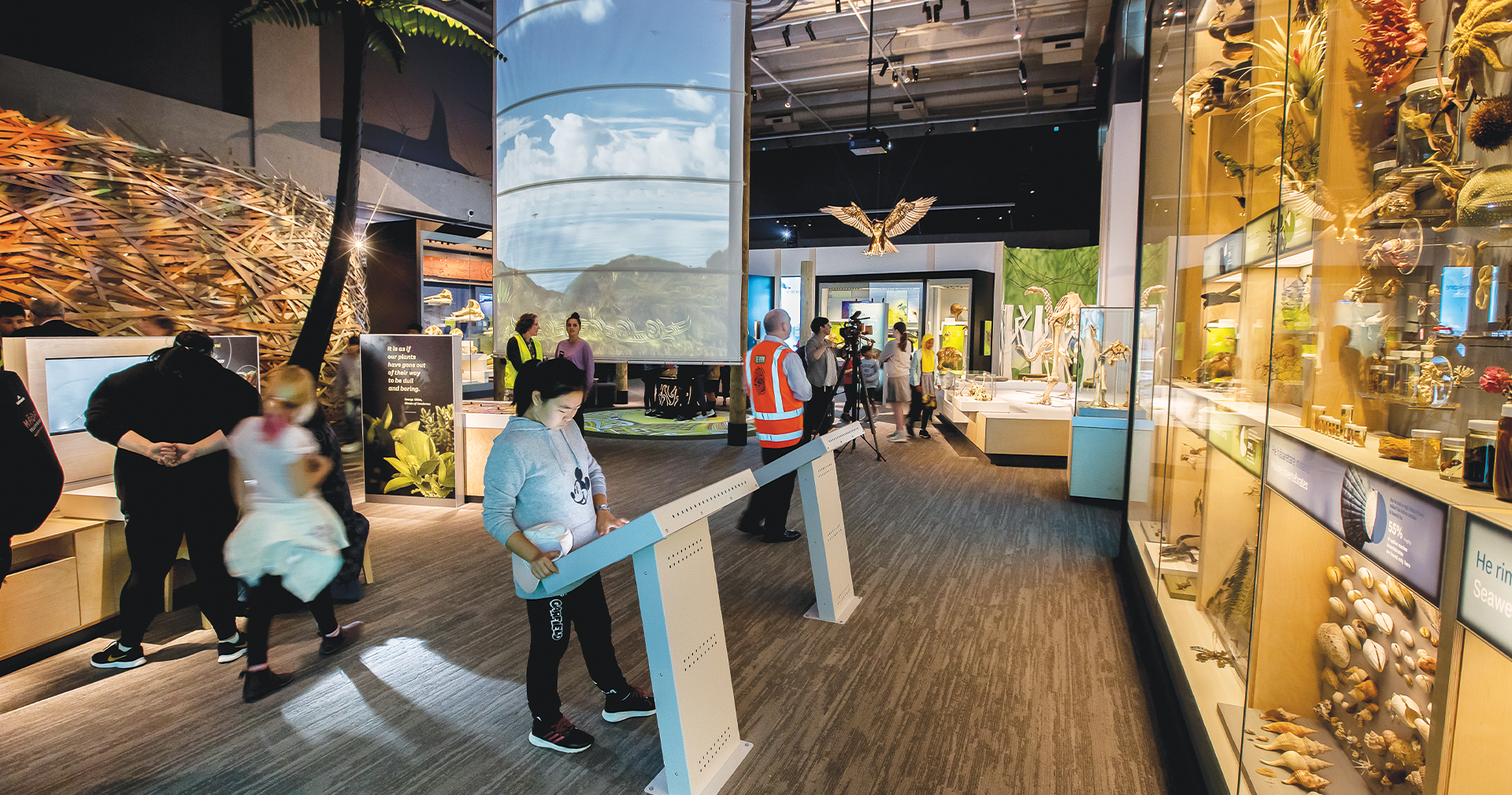
A view inside Te Taiao Nature. Photo — Maarten Holl. Te Papa.
There were also sessions on sustainability, another area where museums must go beyond simply being good corporate or social citizens and actively play a guiding role in meeting the urgent challenge.
“Natural history museums, cultural institutions and art museums are very much to be . . . key players in the hearts and minds aspect of sustainability,” said Christopher Hobbs, of the Bernice Pauahi Bishop Museum in Hawaii.
There were sessions on science, education and health, and many sessions on the inexorable evolution of digital technology into the daily practice of museums.
The conference will be remembered as being entirely digital, a pandemic necessity that in its own way spoke to the theme of moving forward, as demonstrated by the number of sessions that considered the future of digital work and opportunities in museums. As Digital Museums Canada Director Megan Richardson said, “Now that digital has evolved to this point, it’s not going back.”
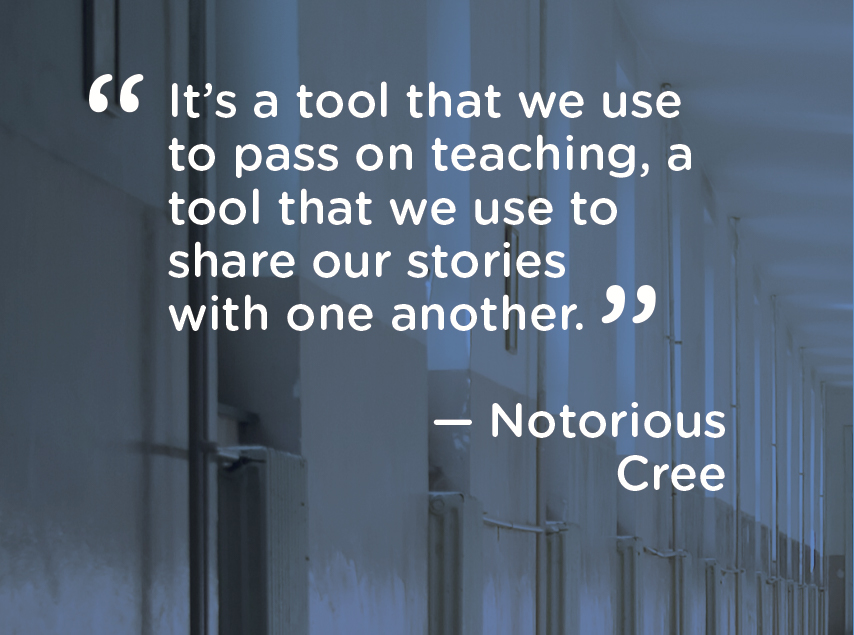 |
There were calls for museums to not take the pace of digital change for granted. “Social media is moving fast, so you want to make sure you can keep up,” advised Genelle Quarles Adrien, an expert on Facebook and Instagram. And there were calls to make sure that as digital continues to spread throughout museum operations and programming, it doesn’t become a case of the tech tail wagging the institutional dog.
“The design of the interactive has to be engaging enough to have the moment of wonder, but also subtle enough to blend in to the existing design while being complementary to the whole exhibition,” advised David Conway, of the Moment Factory.
As for the unexpected digital test that the conference itself was, it had its scattered issues, though even there were lessons to be learned. On the first full day of sessions a streaming glitch almost tripped up the sublime dance performance by Notorious Cree. The tech people, who toiled unseen to keep the conference running smoothly, ultimately triumphed over the challenge and Notorious Cree ended the day on an illuminating and thrilling note, in magnificent regalia, performing a hoop dance as well as a short song that he had written himself and played on a traditional flute.
“It’s a tool that we use to pass on teaching,” he said of the instrument, “a tool that we use to share our stories with one another.”
From an ancient flute to future tech, the wish to speak and share and learn from one another remains the same, even as the means of communication change. M
